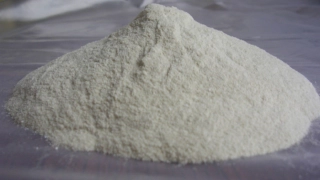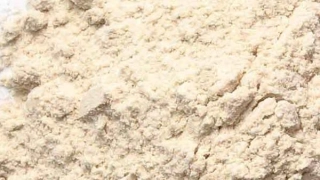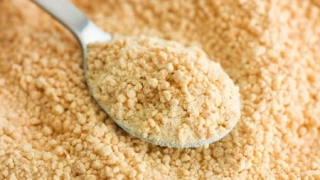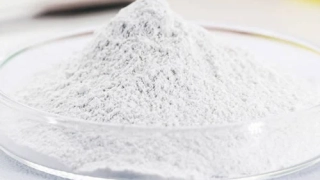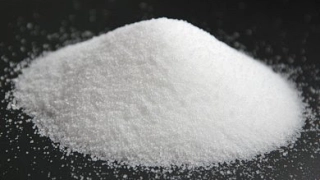Xanthan Gum (E415): Taste Profile, Aroma, Benefits and Health Risks
Xanthan gum (E415) is a polysaccharide produced by fermentation of sugars by the bacterium Xanthomonas campestris. It is widely used in the food industry as a thickener, stabilizer, and emulsifier, especially in gluten-free and low-fat products.
Xanthan gum is considered safe and non-allergenic for most people, including those with gluten intolerance and celiac disease. Rarely, excessive intake may cause mild digestive discomfort.
What does Xanthan Gum (E415) taste like?
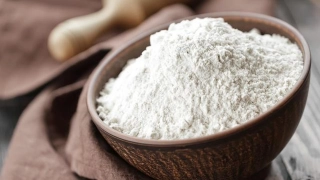
Complete Sensory Description:
-
Taste: Xanthan gum is virtually tasteless at the levels used in foods, contributing no noticeable flavor.
-
Aroma: It is odorless in both pure form and in finished products.
-
Texture: Its main sensory contribution is to texture: it imparts viscosity, smoothness, and stability, helping to create a cohesive, thick, and slightly elastic mouthfeel.
-
Appearance: Xanthan gum is a fine, white to light beige powder, invisible when dissolved in food.
In-depth Flavor Analysis:
Xanthan gum does not impact the taste or aroma of food but significantly affects the physical properties of a product. It increases viscosity even at very low concentrations, providing structure and body in sauces, dressings, and gluten-free baked goods. On a molecular level, xanthan gum forms stable, high-viscosity solutions resistant to temperature and pH changes, preventing ingredient separation. This stabilizing property enables consistent texture and mouthfeel in a wide variety of foods.
Varieties and Culinary Applications:
Xanthan gum is used in salad dressings, sauces, gluten-free bakery products, ice creams, beverages, and dairy alternatives. It is prized in gluten-free baking for its ability to mimic the structure usually provided by gluten. In beverages, it stabilizes suspensions and improves pourability. In molecular gastronomy, it is used for creating foams and gels.
Selection and Storage:
Food-grade xanthan gum is sold as a powder, usually packaged in moisture-proof containers. It should be stored in a cool, dry place, tightly sealed to prevent clumping. The powder remains stable and effective for extended periods when kept away from moisture.

Nutritional Insights:
Xanthan gum is a source of soluble fiber, but the quantities consumed in food are too low to significantly contribute to dietary fiber intake. It is not digested or absorbed, and provides no calories, vitamins, or minerals.
Expert Insights & Culinary Tips:
Chefs and food technologists value xanthan gum for its powerful thickening and stabilizing abilities. In home cooking, a small pinch is enough to thicken sauces or create creamy, cohesive gluten-free doughs. Overuse can lead to an unpleasantly gummy or slippery texture, so careful dosing is essential.
Interesting and Curious Facts:
Xanthan gum was discovered in the 1950s and approved for food use in the 1960s. It is used in a wide range of non-food applications, including cosmetics and pharmaceuticals, due to its stability and non-toxicity.
Harm and Dietary Considerations:
Xanthan gum is safe for most individuals at levels used in food. Ingesting large amounts may cause gas or mild laxative effects, especially in sensitive individuals. There are no known allergenic or toxic effects in the general population.
Religious Dietary Considerations:
Xanthan gum is considered Halal, Kosher, and suitable for vegetarians and vegans, as it is produced by microbial fermentation without animal-derived components.
Final Thoughts & Sensory Journey:
Xanthan gum (E415) invisibly shapes texture and stability in countless foods, enabling smooth, thick, and consistent products without influencing taste or aroma.
Resources:
-
Belitz, H.-D., Grosch, W., & Schieberle, P. (2009). Food Chemistry (4th Edition). Springer. ISBN: 978-3540699330 (E415)
-
Branen, A. L., Davidson, P. M., & Salminen, S. (2001). Food Additives (2nd Edition). Marcel Dekker. ISBN: 978-0824704382 (E415)
-
Fennema, O. R. (1996). Food Chemistry (3rd Edition). Marcel Dekker. ISBN: 978-0824793546 (E415)

